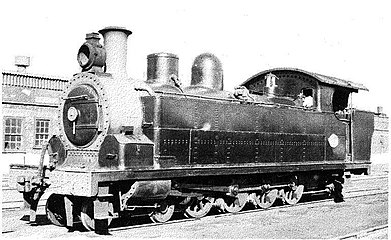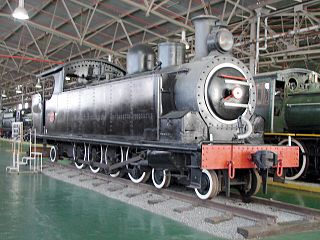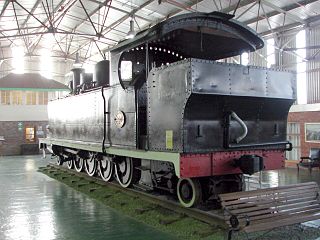
Under the Whyte notation for the classification of steam locomotives by wheel arrangement, 4-10-2 represents the arrangement of four leading wheels, ten powered and coupled driving wheels and two trailing wheels. In South Africa, where the wheel arrangement was first used, the type was known as a Reid Tenwheeler. In the United States of America it was known as a Southern Pacific on the Southern Pacific Railroad and as an Overland on the Union Pacific Railroad.
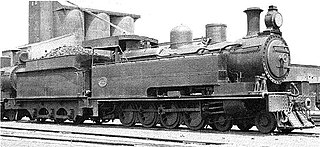
The South African Railways Class 17 4-8-0TT of 1926 was a steam locomotive from the pre-Union era in the Natal Colony.

The South African Railways Class A 4-8-2T of 1888 is a steam locomotive class from the pre-Union era in the Colony of Natal.

The South African Railways Class 13 4-8-0TT of 1905 was a steam locomotive from the pre-Union era in Transvaal.

The South African Railways Class H 4-10-2T, introduced in 1899, was a steam locomotive from the pre-Union era in the Colony of Natal.
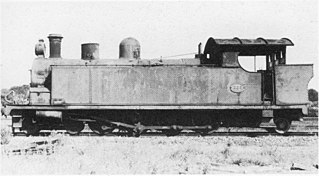
The South African Railways Class H1 4-8-2T of 1903 was a steam locomotive from the pre-Union era in Transvaal.
The South African Railways Class 1 4-8-0 of 1904 was a steam locomotive from the pre-Union era in the Colony of Natal.
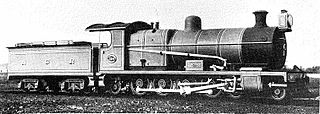
The South African Railways Class 1B 4-8-2 of 1904 was a steam locomotive from the pre-Union era in the Colony of Natal.

The South African Railways Class 3 4-8-2 of 1909 was a steam locomotive from the pre-Union era in the Colony of Natal.
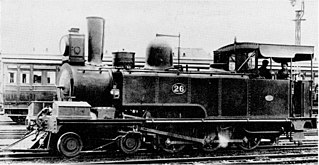
The South African Railways Class C 4-6-0T of 1879 was a steam locomotive from the pre-Union era in the Colony of Natal.

The South African Railways Class C1 4-6-2T of 1901 was a steam locomotive from the pre-Union era in the Natal Colony.

The South African Railways Class C2 4-6-4T of 1896 was a steam locomotive from the pre-Union era in the Colony of Natal.

The South African Railways Class E 4-6-4T of 1902 was a steam locomotive from the pre-Union era in the Colony of Natal.

The South African Railways Class G 4-8-2T of 1904 was a steam locomotive from the pre-Union era in the Colony of Natal.
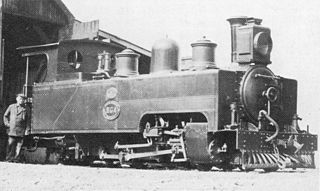
The South African Railways Class NG3 4-6-2T of 1907 was a narrow-gauge steam locomotive from the pre-Union era in the Colony of Natal.

The South African Railways Class NG4 4-6-2T of 1911 was a narrow-gauge steam locomotive from the pre-Union era in the Colony of Natal.

The Central South African Railways Class E 4-10-2T of 1901 was a South African steam locomotive from the pre-Union era in Transvaal.
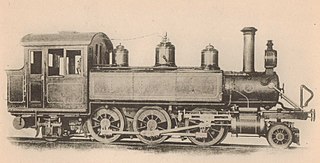
The Natal Government Railways Class I 2-6-2T of 1901 was a South African steam locomotive from the pre-Union era in the Colony of Natal.

The Natal Government Railways Class K 0-4-0ST of 1891 was a South African steam locomotive from the pre-Union era in the Colony of Natal.

Durban Harbour's John Milne of 1879 was a South African steam locomotive from the pre-Union era in the Colony of Natal.



